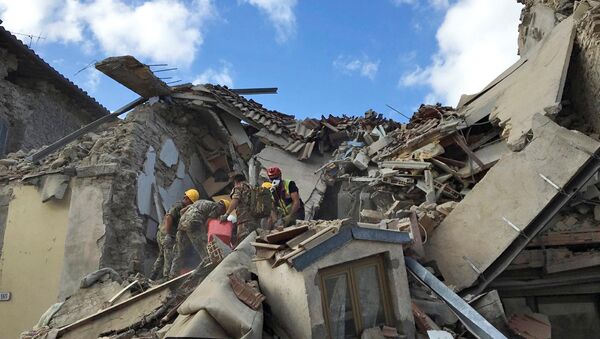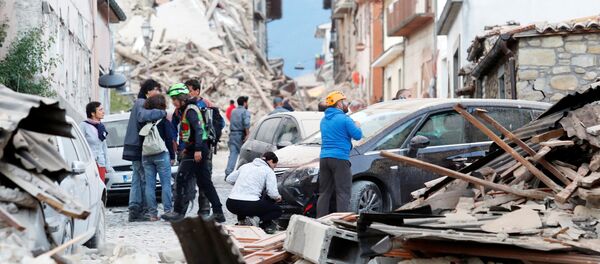“Unfortunately, earthquakes are very hard, if impossible, to foretell because scientists are unable to foresee what’s going to happen inside the Earth’s core. What we can do, however, is build structures that can withstand tremors,” Andrea Tertulliani said.
“There are many small towns built in earthquake-prone areas and there are also a lot of ancient structures there, which are part of the world’s cultural heritage. We also have earthquakes happening in small villages high in the mountains where reinforcing houses is almost a mission impossible. This is a very expensive job and only a handful of communes and municipalities can afford it. And still, even a stone structure can be secured in such a way that it doesn’t cave in and kill those inside, but, unfortunately, not much is being done here [to prevent such tragedies],” she added.
Andrea said that it was imperative for builders to stick to existing norms of seismic resistance.
“Unfortunately, these norms do not apply to ancient buildings. We can’t oblige their owners to reinforce them. We need a nationwide program to increase the people’s awareness, so that each homeowner realizes that if the house he lives in happens to be in a seismically unstable area and is not sufficiently reinforced, then it could fold any time.”
“We, Italians, traditionally wake up to a problem when it has already happened, instead of trying to prevent it by taking reasonable measures, especially when you live is such a seismically active country like ours,” Andrea Tertulliani said in conclusion.
More than 240 people were killed in an earthquake that struck a mountainous range in central Italy in the early hours of Wednesday, officials said.
The 6.2 magnitude earthquake hit the central Italian Umbria region around 3:36 a.m. (01:36 GMT), resulting in extensive damage and triggering aftershocks as strong as 5.5 in magnitude.



